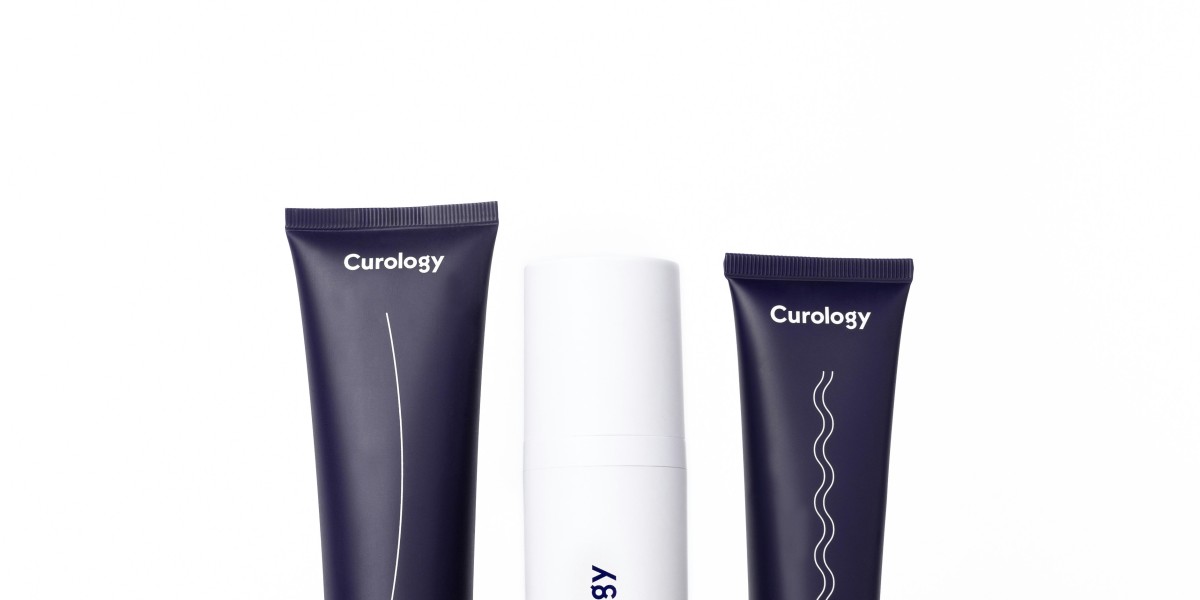The Power of Thoughtful Skin Care Packaging: A Blend of Beauty and Functionality
In the world of skincare, products are more than just the formulas they contain. Packaging plays an equally important role, offering a first impression, enhancing user experience, and protecting the product inside. More than just a pretty face, well-designed skin care packaging tells a story of quality, commitment to sustainability, and an understanding of customer needs. With modern packaging, consumers expect more than aesthetics—they want efficiency, eco-friendliness, and a sense of luxury in every interaction.
Why Packaging Matters in Skin Care
The packaging of a skincare product is not only about marketing; it’s about ensuring that the product inside remains effective and safe for use. Quality packaging preserves the formula, prevents contamination, and extends the product's shelf life. Whether it’s keeping air and light from degrading sensitive ingredients or ensuring hygienic application, skin care packaging is an essential element of product design.
Imagine opening a luxurious face cream that feels and looks high-end from the moment you touch the box. The packaging sets the tone for the experience: elegant, promising, and reassuring. Consumers today make quick decisions based on packaging design, and when done right, it can build trust and excitement, signaling that the product is worth every penny.
Functionality: The Core of Great Skin Care Packaging
At its core, skincare packaging should be functional. This means easy-to-use, secure, and designed to preserve the efficacy of the product. Packaging that fails to serve this purpose could result in wasted product, a frustrating user experience, or even contamination.
Airless pump bottles, for instance, are a game-changer for many products. They protect sensitive ingredients like retinoids, vitamin C, and peptides from air exposure, extending the product's shelf life and ensuring each application is just as effective as the first. Jar packaging, when designed with a hygienic applicator or inner seal, can be a stylish and effective solution for thicker creams. These choices reflect a commitment to creating a seamless, enjoyable user experience while maintaining the integrity of the product.
Eco-Friendly Packaging: A Growing Trend
Sustainability is no longer just a buzzword; it's a requirement. As consumers grow more environmentally conscious, brands that fail to embrace eco-friendly packaging risk alienating a large portion of their audience. Recyclable materials, minimalistic packaging, and reusable containers are just a few ways brands are responding to this demand.
Eco-conscious skincare brands often opt for glass bottles or biodegradable packaging, reducing the environmental footprint without compromising on style or function. This shift not only helps the environment but also builds consumer trust, as shoppers are increasingly inclined to support brands that align with their values.
Refillable packaging is another innovation that has caught on quickly in the skincare industry. Brands are now offering refill pods or pouches that allow consumers to replenish their favorite products without having to purchase new packaging each time, reducing plastic waste significantly.
Luxury Meets Simplicity: The Visual Appeal of Packaging
When it comes to skincare packaging, visual appeal is undeniably crucial. However, the trend has shifted from overly complex, extravagant designs to a more minimalist aesthetic. Consumers are now drawn to sleek, simple designs that exude sophistication and confidence. Think clean lines, neutral tones, and subtle metallic accents.
Luxury skincare packaging often incorporates tactile elements like soft-touch coatings, embossed logos, or glass components to enhance the user experience. These sensory details add to the perception of quality and make consumers feel like they’re indulging in something special. In this sense, packaging becomes a vital part of the self-care ritual, elevating it from routine to luxury.
Innovations in Packaging Technology
Packaging technology has come a long way in recent years, particularly in the skincare industry. Smart packaging, which includes features such as anti-counterfeit seals and QR codes, is gaining popularity. These technological advancements offer an additional layer of security, ensuring that consumers are receiving authentic products and that the brand's reputation is protected.
Furthermore, innovations like biodegradable or compostable packaging materials are revolutionizing the way skincare products are packaged. These materials not only provide the necessary protection for the product but also cater to the growing demand for sustainable solutions. By adopting such innovations, brands can demonstrate their commitment to both product safety and environmental responsibility.
Building Trust with High-Quality Packaging
Consumers place a great deal of trust in the products they apply to their skin, and this trust extends to the packaging. High-quality packaging reflects a brand’s commitment to excellence and reinforces the perception of the product’s effectiveness. It’s a visual and tactile confirmation that the brand cares about delivering the best possible experience to its customers.
Packaging that feels sturdy, well-designed, and purposeful tells consumers that the product inside is worth investing in. On the other hand, cheap, flimsy packaging can detract from the product's perceived value, no matter how good the formula may be. Brands that invest in high-quality packaging materials—whether it’s glass, aluminum, or high-grade plastic—are investing in the trust and loyalty of their consumers.
Personalization and the Future of Skin Care Packaging
One of the most exciting trends in skincare packaging is personalization. More brands are offering customizable packaging that allows consumers to feel a deeper connection to the product. Whether it's including the customer's name on the label or creating packaging designed specifically for their skincare needs, personalization can enhance the emotional experience of using the product.
Moving forward, we can expect to see even more advancements in this area, including packaging that responds to individual skin needs or environmental factors. For example, smart packaging that changes color to indicate when a product has been exposed to excessive heat or humidity could further elevate the user experience.
Conclusion: Packaging as a Key Element of the Skincare Experience
In the competitive world of skincare, packaging is more than a vessel—it’s an integral part of the consumer experience. From protecting the product to communicating brand values and ensuring ease of use, every detail of skincare packaging matters. Whether it's the sleek look of a high-end moisturizer or the eco-friendly materials of a sustainable brand, the right packaging builds trust, inspires confidence, and creates excitement around the product.
As skincare continues to evolve, brands that embrace innovation, sustainability, and user-friendly design will stand out in the marketplace, offering not just beauty solutions but a complete experience that resonates with today's discerning consumers.
Frequently Asked Questions (FAQs)
Why is packaging important in skincare?
Packaging is essential in skincare because it protects the product from contamination, maintains the effectiveness of the ingredients, and ensures the formula’s stability over time. Additionally, packaging plays a critical role in the customer experience, influencing purchasing decisions and brand perception.
What is the most sustainable type of skincare packaging?
Eco-friendly packaging options such as recyclable glass, aluminum, or biodegradable materials are considered the most sustainable. Refillable containers and minimalistic designs that reduce excess material usage also help minimize environmental impact.
How does airless packaging benefit skincare products?
Airless packaging protects sensitive ingredients from exposure to air, light, and contaminants, preserving the product’s potency and extending its shelf life. It ensures that every pump delivers a consistent amount of product without the need for preservatives.
Can packaging affect the efficacy of a skincare product?
Yes, packaging can significantly impact a product’s efficacy. If the packaging allows air or light to degrade sensitive ingredients, the product may lose its effectiveness over time. Proper packaging helps maintain the integrity of active ingredients, ensuring they work as intended.
Are luxury skincare brands more likely to use eco-friendly packaging?
While luxury brands are increasingly adopting eco-friendly packaging, the trend spans across all price points. Many luxury brands are setting the standard by combining high-end design with sustainable materials, creating packaging that is both luxurious and environmentally responsible.








